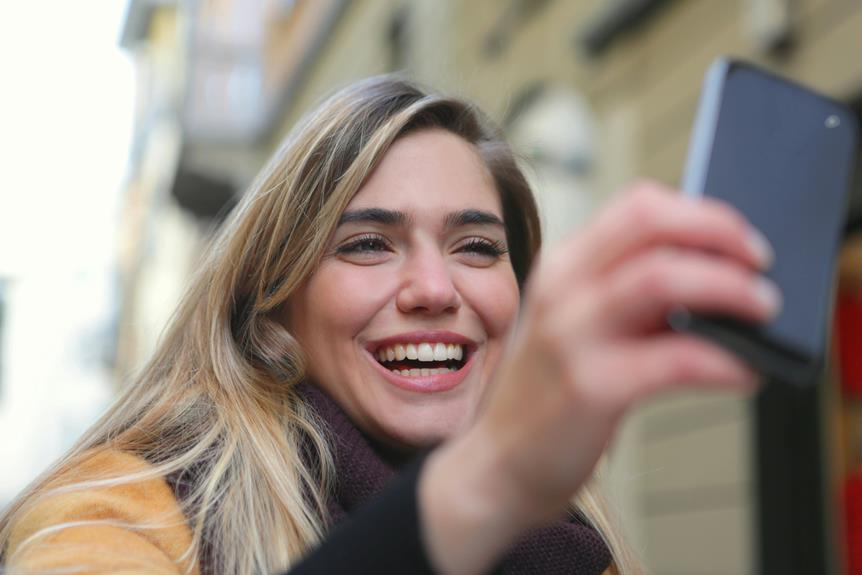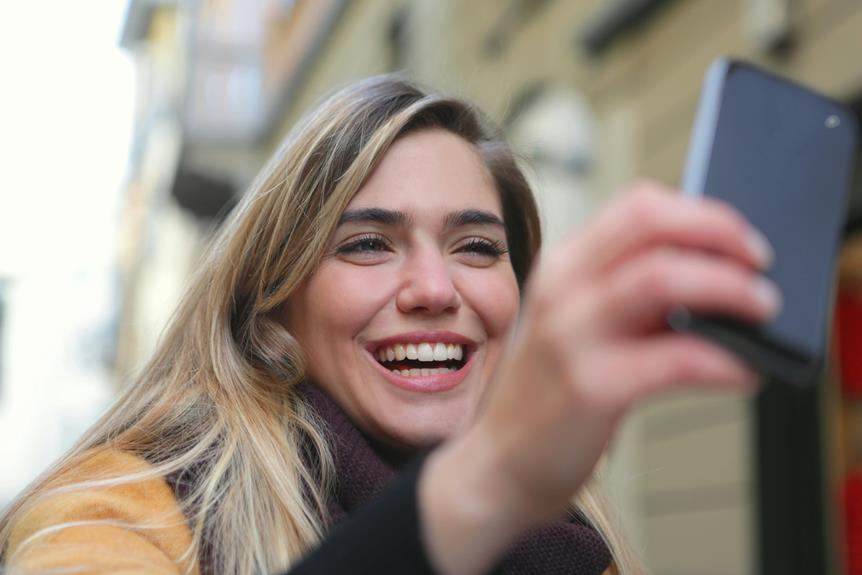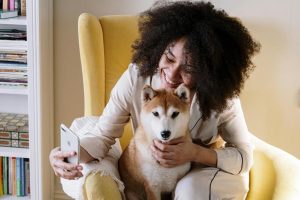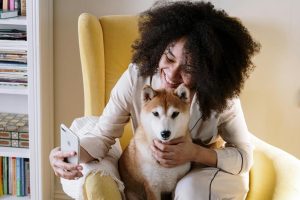3 Best Iphone 18 Low Light Camera Techniques
To capture stunning low-light images with my iPhone 18, I use Night Mode with manual exposure time adjustments, which allow for more control over the scene. I also experiment with various composition techniques, such as sidelighting and backlighting, and apply the rule of thirds to create balanced shots. Additionally, I adjust exposure compensation to minimize noise in shadows and utilize the Image Stabilization feature to reduce camera shake. By combining these techniques, I achieve better results with minimal noise and blur – and that's just the starting point for revealing even more advanced low-light photography capabilities.
Key Takeaways
- Utilize Night mode with Manual mode to fine-tune exposure time for the desired effect in low-light conditions.
- Experiment with lighting angles like sidelighting and backlighting to add depth to your low-light shots.
- Position your subject near a light source to enhance separation from the background in low-light conditions.
- Apply the rule of thirds to create balanced compositions in low-light photography.
- Adjust exposure compensation to minimize noise in shadows and achieve better low-light images.
Mastering Night Mode
When I first started using the iPhone 18's Night mode, I was impressed by its ability to greatly improve low-light photography, but I soon realized that mastering this feature required more than just pointing and shooting. To get the most out of Night mode, I had to experiment with its various settings. By default, Night mode is set to Auto, which allows the camera to automatically adjust the exposure time based on the scene. However, I found that switching to the Manual mode allowed me to fine-tune the exposure time to capture the desired effect.
The iPhone 18's Night mode also features a setting that allows you to capture movement in low-light conditions. This is achieved by reducing the exposure time to freeze the motion. By adjusting the exposure time, I was able to capture sharp images of moving objects even in low-light conditions. Another key setting to take into account is the ISO, which controls the camera's sensitivity to light. By keeping the ISO low, I was able to minimize noise and capture cleaner images.
Low Light Composition Tips
In low-light conditions, a well-composed shot is as essential as it is in bright light, and by considering a few key composition techniques, I've been able to take my iPhone 18's low-light photography to the next level. Lighting angles play a significant role in low-light composition, as they can accentuate the subject and add depth to the image. I often experiment with different lighting angles, such as sidelighting or backlighting, to create a more dramatic effect. Sidelighting, for instance, can add texture and dimension to the subject, while backlighting can create a beautiful rim of light around the subject.
Subject placement is another vital aspect of low-light composition. I try to position my subject near a light source, such as a lamp or a streetlight, to create a sense of depth and dimension. This technique also helps to separate the subject from the background, making it stand out more in the image. I also consider the rule of thirds when placing my subject, dividing the image into thirds both horizontally and vertically, and placing the subject along one of those lines. This technique helps to create a more balanced composition and adds visual interest to the image. By mastering these composition techniques, I've been able to capture stunning low-light images with my iPhone 18.
Reducing Noise With Techniques
Another technique I use is to adjust the exposure compensation. By slightly underexposing the image, I can reduce the amount of noise in the shadows. However, this must be done carefully, as underexposure can also lead to lost details in the shadows.
Here's a summary of my noise reduction techniques:
| Technique | Description | Benefit |
|---|---|---|
| Image Stabilization | Enables OIS to reduce camera shake | Reduces noise and motion blur |
| Exposure Compensation | Underexposes the image to reduce noise | Minimizes noise in shadows |
| Long Exposure | Takes multiple shots and combines them | Reduces noise and improves low-light performance |
I also use the iPhone's built-in noise reduction feature, which can be enabled through the camera app's settings. This feature uses advanced algorithms to detect and reduce noise in the image. By combining these techniques, I can achieve better low-light images with minimal noise.
Conclusion
With these low-light camera techniques, I can now capture stunning iPhone 18 photos that rival those taken in ideal lighting conditions. Mastering Night Mode is just the beginning – I compose with intention, using shadows and contrast to create depth. I reduce noise with techniques that sharpen my images, making every snap a winner. By combining these skills, I can: freeze moments in low light, frame scenes with precision, and reveal details in the darkest settings.
Share this content:





Post Comment